Description
YOKOGAWA VC401-10 V net Network Interface Module for CENTUM Systems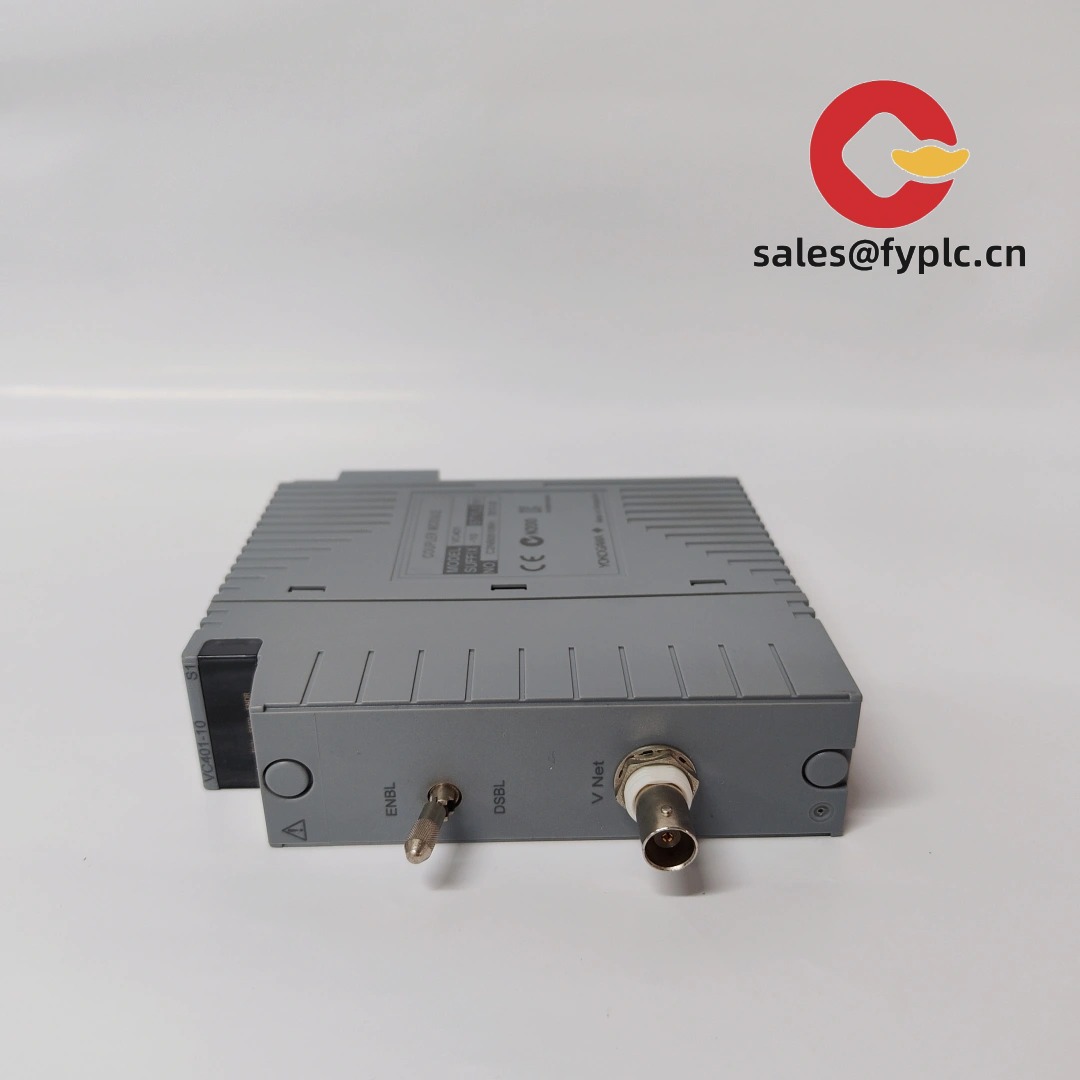

The YOKOGAWA VC401-10 is a field-proven network interface module used in many CENTUM CS/VP installations to connect a Field Control Station (FCS) to the redundant V net control backbone. From my experience, it’s chosen when plants need stable, deterministic communication and long-term availability—especially in brownfield upgrades where keeping the existing V net infrastructure makes both technical and financial sense. You might notice that it emphasizes redundancy, diagnostics, and smooth integration with standard Yokogawa racks and power backplanes, which typically keeps commissioning times short.
Order Placement Process and Guarantees
- Warranty period: 365 days
- Delivery time: 1 week for in-stock items; no more than one month at the latest
- Payment: 50% advance payment; full payment prior to delivery
- Express options: FedEx, UPS, DHL
Key Features
- Redundant V net connectivity – Designed for dual-path communication on the V net control network to maintain system uptime.
- Deterministic control traffic – Prioritizes cyclic control data, which typically reduces jitter and unexpected delays in process loops.
- Seamless FCS integration – Fits standard Yokogawa racks; backplane powered so wiring stays clean and serviceable.
- Built-in status diagnostics – Front-panel indicators for network status, module health, and redundancy state help technicians troubleshoot quickly.
- Hot-standby plant strategies – Works within typical Yokogawa redundant architectures, aiding on-line maintenance strategies in many cases.
- Long lifecycle support – Suits MRO programs where preserving V net infrastructure avoids invasive rewiring or downtime.
Technical Specifications
| Item | Specification |
|---|---|
| Brand / Model | YOKOGAWA VC401-10 |
| HS Code | 8538.90 (Parts suitable for electrical control panels and apparatus) |
| Power Requirements | Backplane powered; 5 VDC typ. provided by the Yokogawa system rack (no external supply required) |
| Operating Temperature | 0 to 55°C (32 to 131°F) typical control room conditions |
| Signal Input/Output Types | System network interface for V net; front-panel status LEDs; no direct field I/O |
| Communication Interfaces | Dual-redundant V net ports (coaxial-based V net; plant configurations may vary by revision) |
| Installation Method | Plug-in module for Yokogawa CENTUM system rack; secured with front retaining screws |
| Dimensions & Weight | Standard Yokogawa rack plug-in module; occupies one slot (exact mm/kg depend on rack series) |
Application Fields
Typically used in process automation where deterministic DCS networking is non-negotiable:
- Oil & Gas (upstream, refining, tank farms) for robust control backbones
- Chemicals and petrochemicals with large FCS node counts
- Power generation and utilities requiring high availability control networks
- Pulp & Paper, water treatment, and pharmaceuticals with long lifecycle DCS systems
Advantages & Value for Procurement
- Reliability – Redundant network paths help maintain plant operations through single-point failures.
- Compatibility – Fits existing Yokogawa CENTUM racks and works with legacy V net infrastructure, which seems to be the priority in many brownfield projects.
- Cost Control – Avoids major cabling changes; minimizes commissioning time and risk.
- Supportability – Clear status LEDs and standard Yokogawa diagnostics streamline maintenance and training.
Installation & Maintenance
- Cabinet environment – Install in a clean, dry control room cabinet with adequate ventilation. Maintain ambient 0–55°C and avoid dust ingress.
- Rack & wiring – Use the designated Yokogawa system rack and backplane. Follow Yokogawa-approved V net cabling and terminators; keep dual-path routing physically separated when possible.
- ESD and handling – Observe ESD protection. From my experience, seating the module firmly and tightening the front screws prevents intermittent network faults.
- Commissioning – Verify redundancy status LEDs, check FCS diagnostics, and confirm network health on both paths before handover.
- Routine maintenance – Periodically inspect connectors/cables, clean dust with dry air, and review system event logs. Firmware updates should follow Yokogawa’s validated procedure and plant MOC policy.
- Service strategy – In many cases, redundant paths allow controlled online replacement; follow the site’s approved Yokogawa maintenance method.
Quality & Certifications
- CE compliant; UL/cUL typically available for system components
- RoHS alignment for most current stock
- Manufacturer’s warranty practices apply; sales warranty provided: 365 days
Related/Supporting Components
Plants usually pair the VC401-10 with standard CENTUM racks, FCS controller modules, and V net accessories. Typical companions may include:
- Yokogawa FCS CPU/controller modules for CENTUM CS/VP
- V net network cabling, terminators, and repeaters per Yokogawa spec
- System power supply units for the same rack series
- Operator stations/engineering stations on the control network
One thing I appreciate is how the VC401-10 keeps legacy V net installations serviceable without forcing disruptive migrations. If you’re consolidating spares or planning phased modernization, it’s a practical, low-risk piece to standardize on.

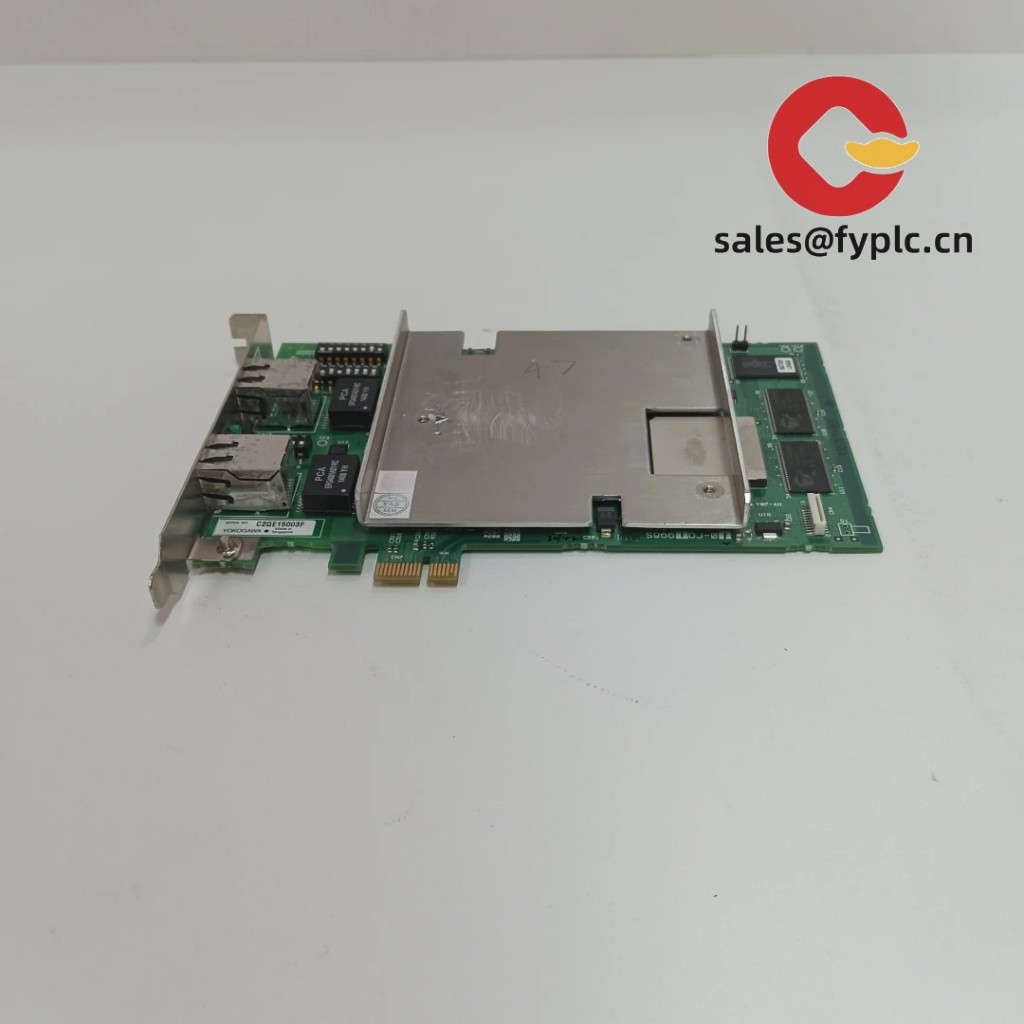


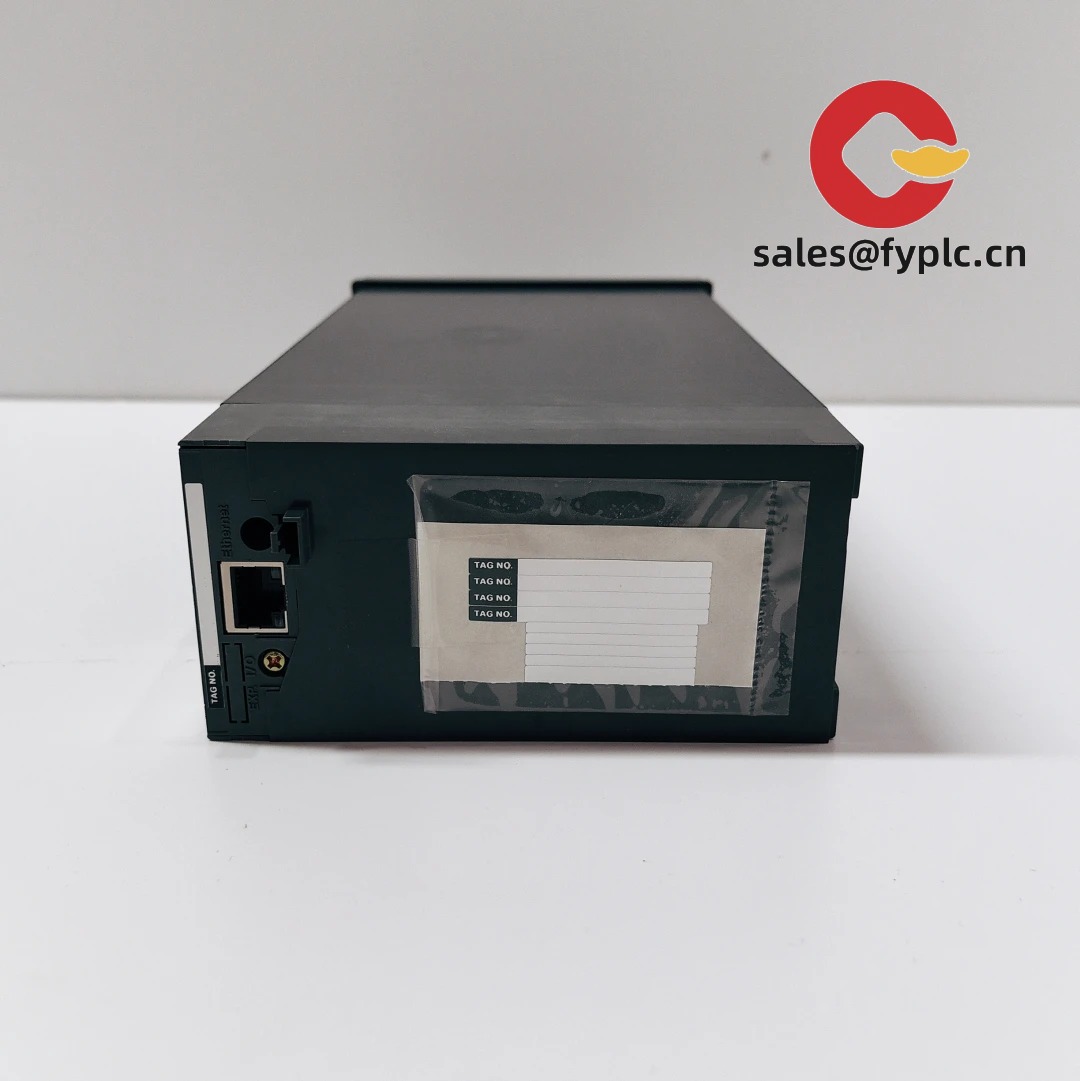



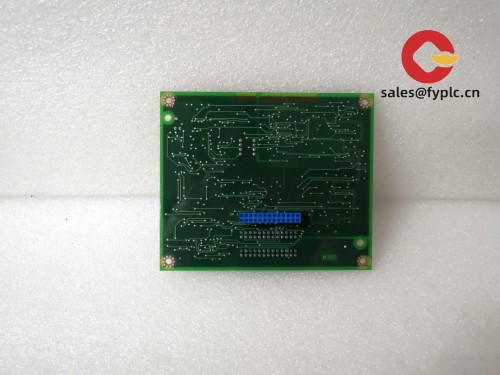

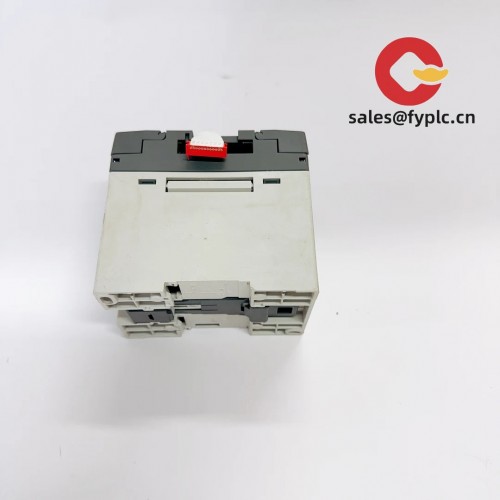



Reviews
There are no reviews yet.